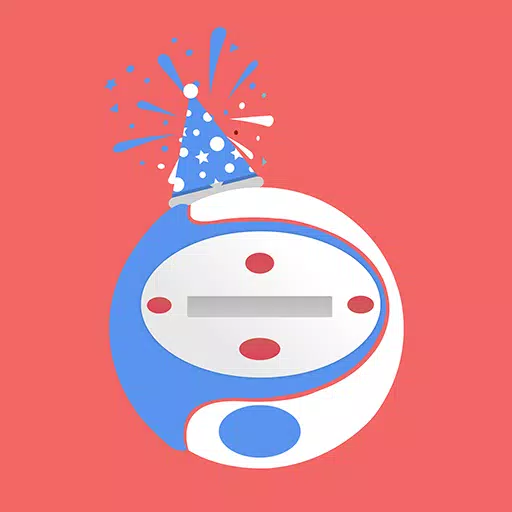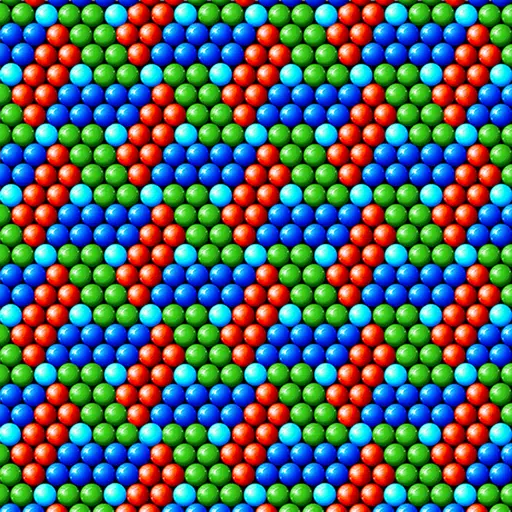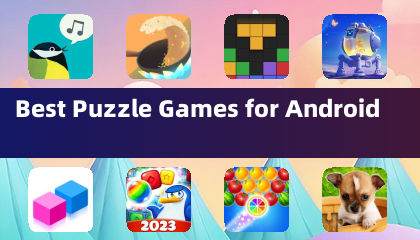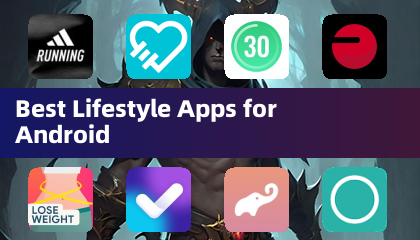 Civilization VII's Deluxe Edition debuted, and online discussions about its UI are already rampant. But is the user interface truly that flawed? Let's delve into the game's UI elements and assess the validity of the widespread criticism.
Civilization VII's Deluxe Edition debuted, and online discussions about its UI are already rampant. But is the user interface truly that flawed? Let's delve into the game's UI elements and assess the validity of the widespread criticism.
← Return to Sid Meier's Civilization VII main article
Is Civ 7's UI as Bad as They Say?
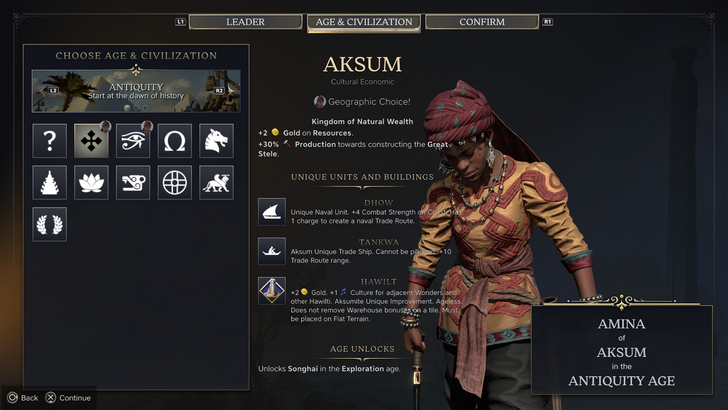 Early access players of the Deluxe and Founder's Editions have already voiced concerns, particularly about the UI and missing quality-of-life features. However, a balanced perspective is needed. Let's dissect the UI to determine if it meets the standards of a functional 4X game interface.
Early access players of the Deluxe and Founder's Editions have already voiced concerns, particularly about the UI and missing quality-of-life features. However, a balanced perspective is needed. Let's dissect the UI to determine if it meets the standards of a functional 4X game interface.
Defining a Successful 4X UI
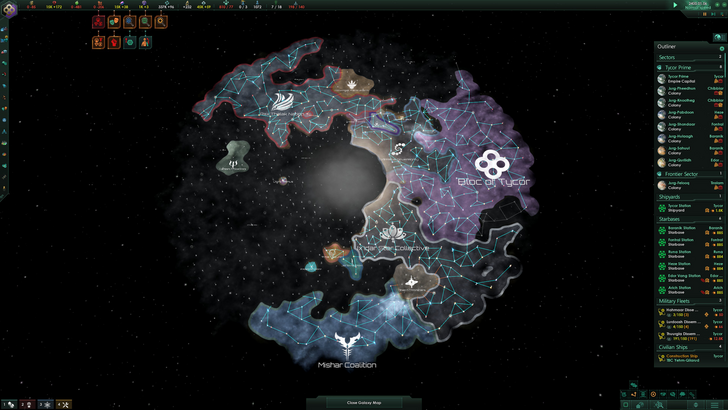 While some believe objective standards exist for 4X UI design, the reality is more nuanced. A UI's effectiveness depends on the game's context, style, and goals. However, common elements of strong 4X UIs consistently emerge from design studies. Let's evaluate Civ 7's UI against these key elements.
While some believe objective standards exist for 4X UI design, the reality is more nuanced. A UI's effectiveness depends on the game's context, style, and goals. However, common elements of strong 4X UIs consistently emerge from design studies. Let's evaluate Civ 7's UI against these key elements.
Clear Information Hierarchy
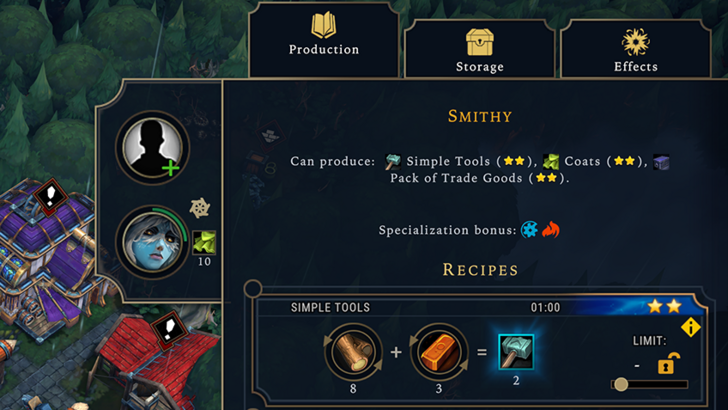 A clear information hierarchy prioritizes accessibility and importance. Frequently used resources and mechanics should be prominent, while less critical features should be readily accessible. The UI shouldn't display everything at once, but rather organize information logically.
A clear information hierarchy prioritizes accessibility and importance. Frequently used resources and mechanics should be prominent, while less critical features should be readily accessible. The UI shouldn't display everything at once, but rather organize information logically.
Against the Storm's building info menus exemplify this. Right-clicking a building reveals a multi-tab menu, prioritizing common actions (worker assignment, production) in the default tab and placing less frequent actions (inventory, Rainpunk system) in subsequent tabs.
Civ 7's resource summary menu displays resource allocation, separating income, yields, and expenses via dropdowns. The table format is efficient, and the menu is collapsible. However, it lacks specificity. While overall resource production from Rural Districts is shown, the exact district or hex isn't specified. Expense breakdowns are also limited. Therefore, while functional, it could benefit from more granular detail.
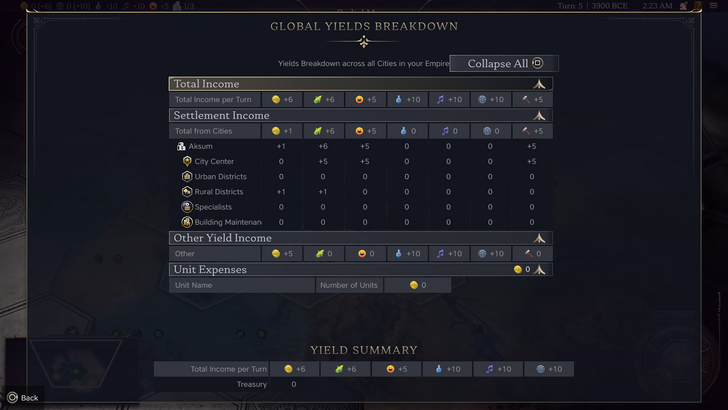
Effective Visual Indicators
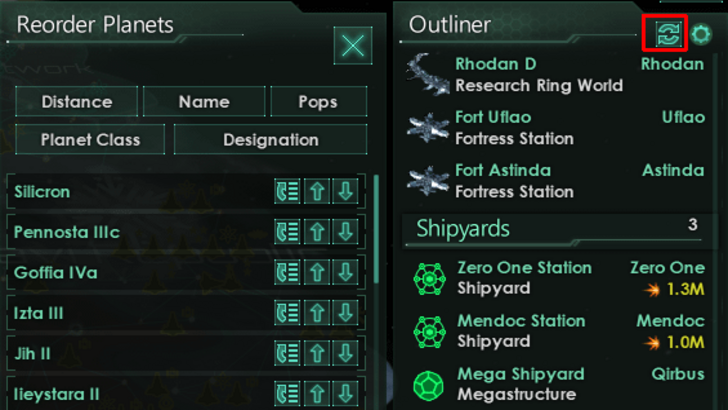 Effective visual indicators convey information quickly using icons, colors, and overlays, minimizing reliance on text.
Effective visual indicators convey information quickly using icons, colors, and overlays, minimizing reliance on text.
Stellaris' Outliner, despite its cluttered UI, effectively uses visual indicators to show ship status (transit, scanning, etc.) and colony needs.
Civ 7 utilizes iconography and numerical data. The tile yield overlay, settlement overlay, and settlement expansion screen are effective. However, the absence of certain lenses from Civ 6 (appeal, tourism, loyalty) and customizable map pins are significant drawbacks. While not terrible, improvement is needed.
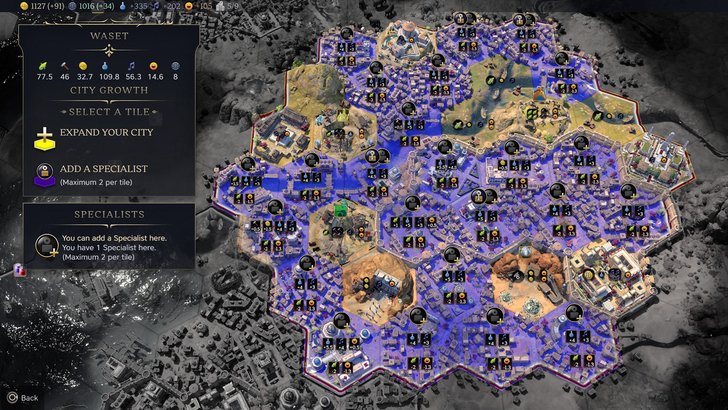
Search, Filtering, and Sorting
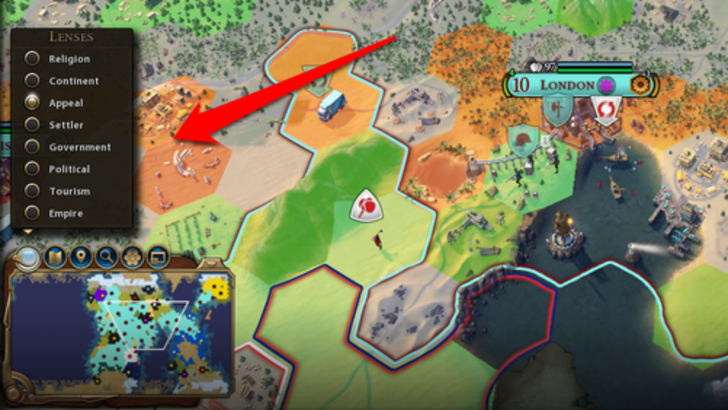 Search, filtering, and sorting options are crucial for managing information in complex 4X games.
Search, filtering, and sorting options are crucial for managing information in complex 4X games.
Civ 6's powerful search function allows players to locate resources, units, and features on the map. Its Civilopedia seamlessly links entries to in-game elements.
Civ 7 lacks this crucial search function, a major usability issue. This omission significantly impacts navigation and is a significant weakness. Hopefully, Firaxis will address this in future updates.
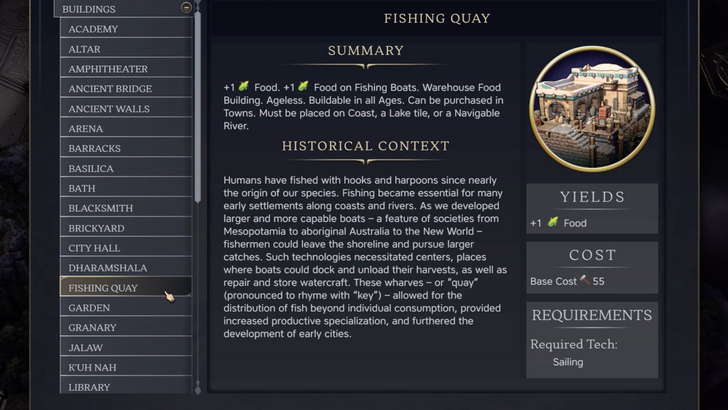
Design and Visual Consistency
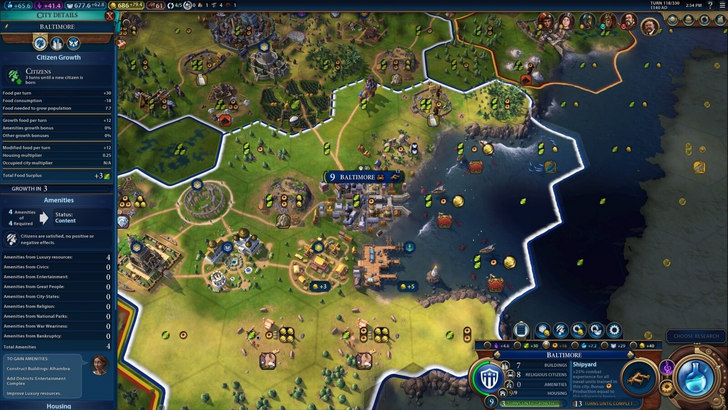 The UI's aesthetic and cohesiveness are vital. A poor UI can detract from the overall experience.
The UI's aesthetic and cohesiveness are vital. A poor UI can detract from the overall experience.
Civ 6's dynamic, cartographical style is visually appealing and complements the game's aesthetic.
Civ 7 adopts a minimalist, sleek design. While not cheap-looking, its subtle thematic direction leads to mixed reactions. Visual design is subjective, but the lack of immediate clarity is a concern.
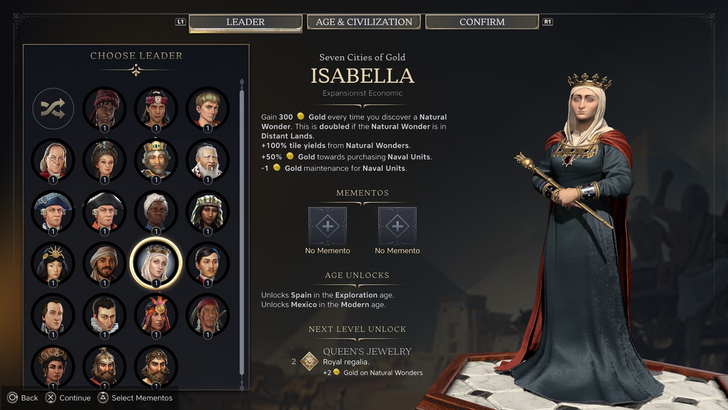
Conclusion: Not as Bad as Advertised
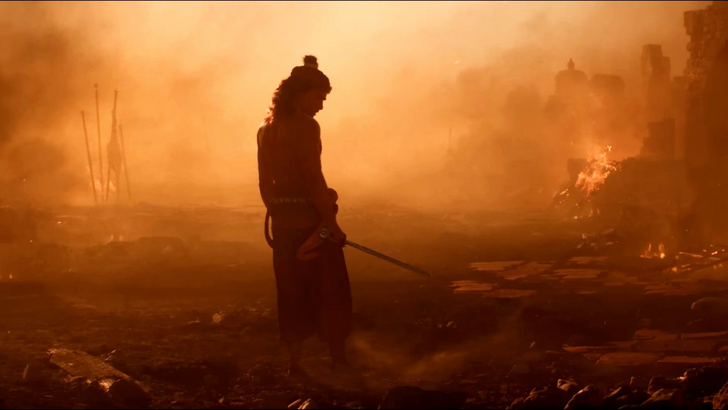 While not perfect, Civ 7's UI isn't as disastrous as some claim. The missing search function is a significant flaw, but not game-breaking. Compared to other issues, it's relatively minor. While it lags behind other visually striking 4X UIs, it possesses strengths. With updates and player feedback, it can improve. Currently, it's not as bad as the negative reception suggests.
While not perfect, Civ 7's UI isn't as disastrous as some claim. The missing search function is a significant flaw, but not game-breaking. Compared to other issues, it's relatively minor. While it lags behind other visually striking 4X UIs, it possesses strengths. With updates and player feedback, it can improve. Currently, it's not as bad as the negative reception suggests.
← Return to Sid Meier's Civilization VII main article
Sid Meier's Civilization VII Similar Games











